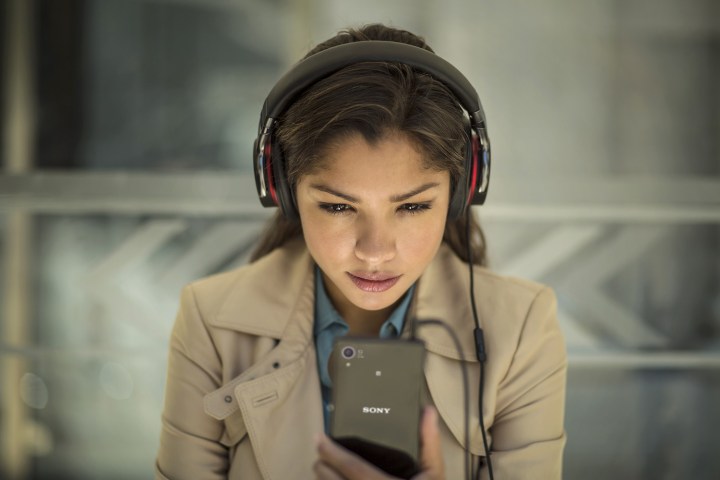
Here’s how it works. According to NEC, the shape of our inner ear is unique, as are the acoustics that are generated by it. Therefore sounds collected by listening to the ear will be different for everyone. Don’t worry, NEC’s not suggesting you rub your ear against your phone to unlock it, but instead plans to make special earphones that also have a built-in microphone.

Although the idea of using our ears to unlock a phone seems a little bit slow and awkward compared to a fingerprint, NEC’s technology makes sense for other applications. For example, for private business conducted over the phone — calls from banks, or from lawyers, perhaps — NEC’s security earbuds could ensure information is only relayed to the correct person. No need for all those questions and passwords anymore. From a security and anti-fraud perspective, it makes good sense.
Although it’s not mentioned, there may be a chance the tech could be integrated into a mobile phone’s speaker system, ready to make and receive calls safe in the knowledge you’re talking to exactly the right person. However, NEC’s research doesn’t say to accurately capture the necessary sounds, it requires insertion directly into the ear. The intention is to have the tech ready for commercial use in 2018.


